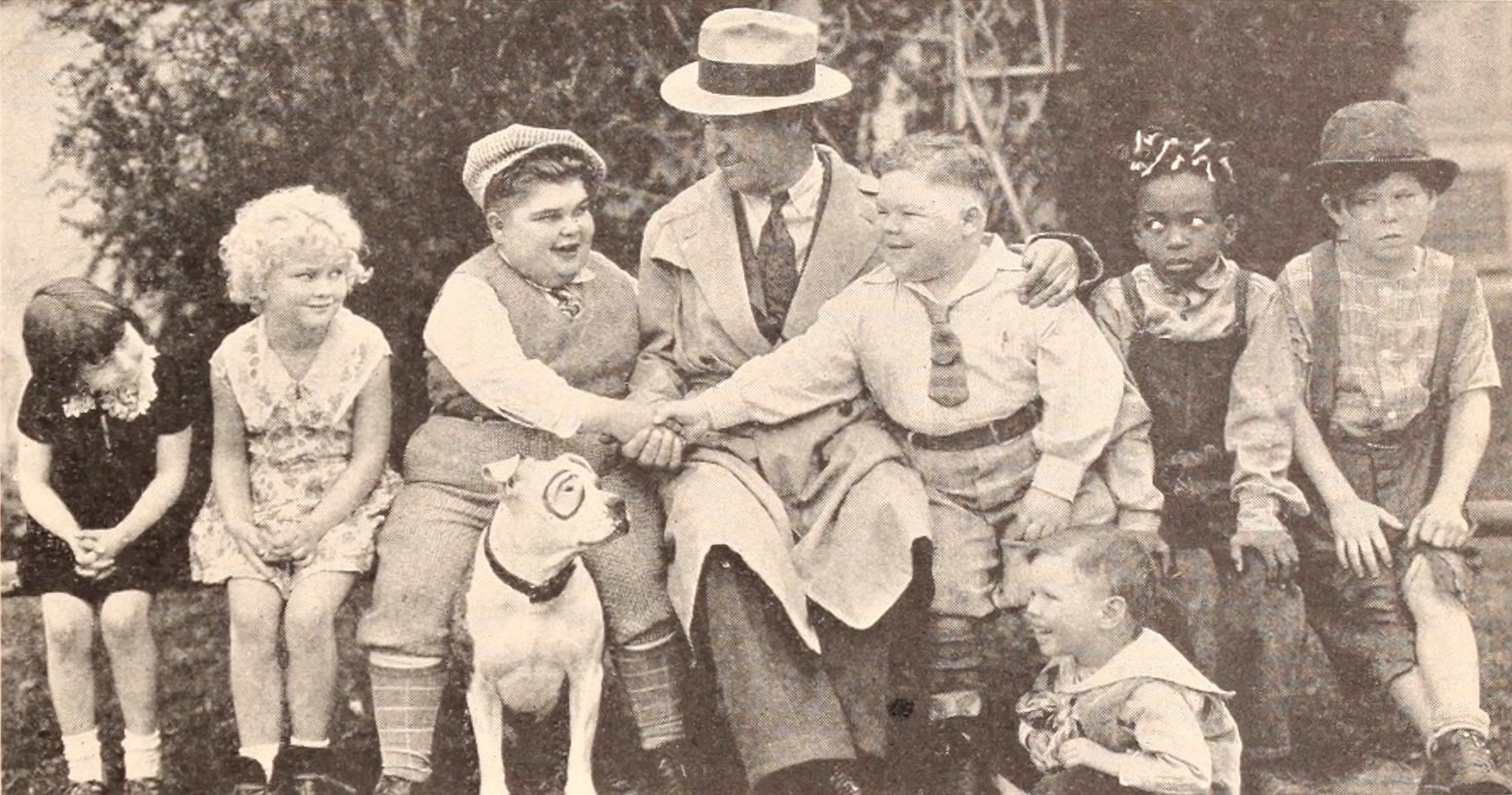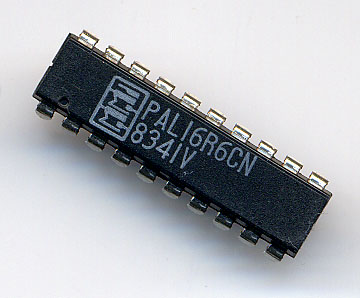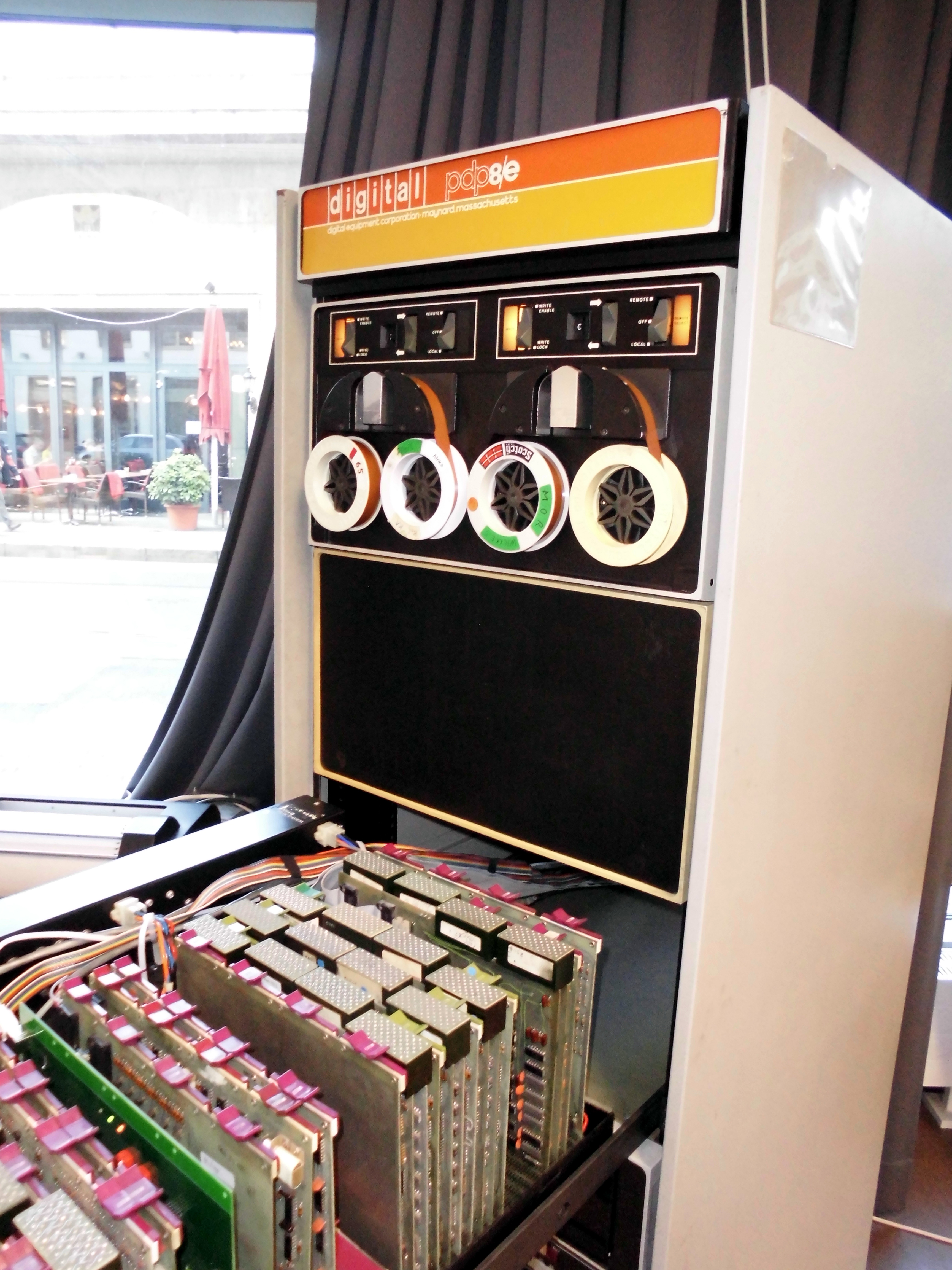|
PAL (other)
PAL (Phase Alternating Line) is a colour encoding system for analogue television. PAL or Pal may also refer to: Businesses and organizations * Pal's, an American fast food chain * Pakistan Academy of Letters, a learned academy in Pakistan * Parents Action League, an anti-gay organization * Police Athletic League, an American youth sports league * Police Athletic League of New York City, a youth organization in New York City * Polish Academy of Literature (''Polska Akademia Literatury'') People * Pál, a Hungarian male given name * Pal (surname) * Pål Lydersen (born 1965), Norwegian former footballer * Tamara Pál (born 2000), Hungarian handballer * Gadaria, Indian shepherd community also known as Pal or Pal Shari * Signature used by Jean de Paleologu (1855–1942), Romanian poster artist Places India * Pal, Gujarat ** Pal State, a former princely state * Pal, Jalgaon district, Maharashtra * Pali, Maharashtra Elsewhere * Pal, Andorra * Pal, Iran Science and techn ... [...More Info...] [...Related Items...] OR: [Wikipedia] [Google] [Baidu] |
Pal's
Pal's Sudden Service, normally called Pal's for short, is a regional fast food restaurant chain located in northeast Tennessee and southwestern Virginia, with stores concentrated in the Tri-Cities, Tennessee metro region. The first Pal's opened in 1956 in Kingsport, Tennessee a year after the founder of Pal's, Fred "Pal" Barger, attended a National Restaurant Convention in Chicago and met Ray Kroc and Fred Turner, observing the construction and equipment they used for the first McDonald's restaurant. Pal's CEO is Thom Crosby. In 2020, the company had 30 locations. In 2001, Pal's won the Malcolm Baldrige National Quality Award, becoming the first restaurant company to receive the award. Organizational culture The organization is often studied by competition and used as a case study for Industrial/Organizational Psychologists. This is per the company's unique organizational culture, with training that includes pop quizzes and over 200 hours of training for employees, which resu ... [...More Info...] [...Related Items...] OR: [Wikipedia] [Google] [Baidu] |
Pal, Iran
Falj ( fa, فلج, also Romanized as Falaj; also known as Pal, Palḩ, and Palk) is a village in Khorramdarreh Rural District, in the Central District of Khorramdarreh County, Zanjan Province, Iran Iran, officially the Islamic Republic of Iran, and also called Persia, is a country located in Western Asia. It is bordered by Iraq and Turkey to the west, by Azerbaijan and Armenia to the northwest, by the Caspian Sea and Turkmeni .... At the 2006 census, its population was 722, in 149 families. References Populated places in Khorramdarreh County {{Khorramdarreh-geo-stub ... [...More Info...] [...Related Items...] OR: [Wikipedia] [Google] [Baidu] |
Pal The Wonder Dog
Pete the Pup (original, 1924 – June 1930; second Pete, September 9, 1929 – January 28, 1946) was a character in Hal Roach's ''Our Gang'' comedies (later known as ''The Little Rascals'') during the 1930s, otherwise known as "Pete, the dog with the ring around his eye", or simply "Petey". The original Pete (sired by "Tudor's Black Jack") was a UKC registered American Pit Bull Terrier named "Pal, the Wonder Dog", and had a natural ring almost completely around his right eye; dye was used to finish it off. The second Pete was an American Staffordshire Terrier named Lucenay’s Peter. He was well known for having a circled eye which was added by Hollywood make-up artist Max Factor and credited as an oddity in ''Ripley's Believe It or Not''. Career When he was about six months old, Pal the Wonder Dog made an appearance in the Harold Lloyd film '' The Freshman'', in 1925. Pal first started out as "Tige" in the ''Buster Brown'' series in the 1920s. It was during this time that h ... [...More Info...] [...Related Items...] OR: [Wikipedia] [Google] [Baidu] |
Pal (dog)
Pal (June 4, 1940 – June 18, 1958) was a male Rough Collie performer and the first in a line of such dogs to portray the fictional female collie Lassie in film, on radio, and on television. Pal was born in California in 1940 and eventually brought to the notice of Rudd Weatherwax, a Hollywood animal trainer. In 1943, the dog was chosen to play Lassie in the Metro-Goldwyn-Mayer feature film ''Lassie Come Home''. Following his film debut, Pal starred in six more ''Lassie'' films for MGM from the mid-1940s to early 1950s, then appeared briefly in shows, fairs, and rodeos around the United States before starring in the two pilots filmed in 1954 for the television series, '' Lassie''. Pal retired after filming the television pilots, and died in June 1958. He sired a line of descendants who continued to play the fictional character he originated. In 1992, ''The Saturday Evening Post'' said Pal had "the most spectacular canine career in film history". Birth and early years Pa ... [...More Info...] [...Related Items...] OR: [Wikipedia] [Google] [Baidu] |
Pal (album)
''Pal'' is the debut solo album by Indipop playback singer KK. It was released on 16 April 1999 by Sony , commonly stylized as SONY, is a Japanese multinational conglomerate corporation headquartered in Minato, Tokyo, Japan. As a major technology company, it operates as one of the world's largest manufacturers of consumer and professiona .... The album was arranged and produced by Lesle Lewis while lyrics were written by Mehboob. All tracks were sung by KK. In 2008, after a gap of eight years, KK released his second album '' Humsafar''. Background The lyrics are by Mehboob, while the music is by Lesle Lewis. After its release in 1999, it was an instant hit, and brought a lot of recognition to KK. With no formal training to count, KK got himself to release a music album Pal with support from his friend, Lesle Lewis in Mumbai. The songs - "Aap Ki Dua", "Yaaron" and the title-track "Pyaar ke Pal" in no time ruled the lips of the youngsters and KK's quick march t ... [...More Info...] [...Related Items...] OR: [Wikipedia] [Google] [Baidu] |
Programmable Array Logic
Programmable Array Logic (PAL) is a family of programmable logic device semiconductors used to implement logic functions in digital circuits introduced by Monolithic Memories, Inc. (MMI) in March 1978. Introductory advertisement on PAL (Programmable Array Logic). MMI obtained a registered trademark on the term PAL for use in "Programmable Semiconductor Logic Circuits". The trademark is currently held by Lattice Semiconductor.Monolithic Memories, Inc (MMI) filed for a work mark on the term "PAL" for use in "Programmable Semiconductor Logic Circuits" on April 13, 1978. A registered trademark was granted on April 29, 1980, registration number 1134025. MMI's first use of the term PAL in commerce was on February 21, 1978. The trademark is currently held by Lattice Semiconductor Corporation of Hillsboro, Oregon. Source: United States Patent and Trademark Office online database. PAL devices consisted of a small PROM (programmable read-only memory) core and additional output logic used ... [...More Info...] [...Related Items...] OR: [Wikipedia] [Google] [Baidu] |
PortableApps
PortableApps.com is a website offering free applications for Windows that have been specially packaged for portability. These portable applications are intended to be used from removable media such as USB flash drives. User data is stored in a subfolder, allowing the user to upgrade or move the software without affecting the data. To remove the software, a user can simply delete the main folder. The site was founded by John T. Haller and includes contributions from over 100 people, including developers, designers and translators. History The project started out as a portable version of Mozilla Firefox in March 2004. John T. Haller then expanded the project to include Mozilla Thunderbird and OpenOffice.org. The open-source group of portable programs outgrew Haller's personal website and he moved it to a community site, PortableApps.com. The site currently hosts various projects created by forum members. The site is also used for bug reporting and suggestions. Some PortableApps ... [...More Info...] [...Related Items...] OR: [Wikipedia] [Google] [Baidu] |
Physics Abstraction Layer
The Physics Abstraction Layer (PAL) is an open-source cross-platform physical simulation API abstraction system. It is similar to a physics engine wrapper, however it is far more flexible providing extended abilities. PAL is free software, released under the BSD license. PAL is a high-level interface for low-level physics engines used in games, simulation systems, and other 3D applications. It supports a number of dynamic simulation methodologies, including rigid body, liquids, soft body, ragdoll, and vehicle dynamics. PAL features a simple C++ API and intuitive objects (e.g. Solids, Joints, Actuators, Sensors, and Materials). It also features COLLADA, Scythe Physics Editor, and XML-based file storage. The Physics Abstraction Layer provides a number of benefits over directly using a physics engine: * Flexibility – It allows developers to switch between different physics engines to see which engine provides their needs, as well as quickly testing a new engine. * Portable � ... [...More Info...] [...Related Items...] OR: [Wikipedia] [Google] [Baidu] |
PDP-8
The PDP-8 is a 12-bit computing, 12-bit minicomputer that was produced by Digital Equipment Corporation, Digital Equipment Corporation (DEC). It was the first commercially successful minicomputer, with over 50,000 units being sold over the model's lifetime. Its basic design follows the pioneering LINC but has a smaller instruction set, which is an expanded version of the PDP-5 instruction set. Similar machines from DEC are the PDP-12 which is a modernized version of the PDP-8 and LINC concepts, and the PDP-14 industrial controller system. Overview The earliest PDP-8 model, informally known as a "Straight-8", was introduced on 22 March 1965 priced at $18,500 (). It used diode–transistor logic packaged on Flip Chip (trademark), flip chip cards in a machine about the size of a small household refrigerator. It was the first computer to be sold for under $20,000, making it the best-selling computer in history at that time. The Straight-8 was supplanted in 1966 by the PDP-8/S, which ... [...More Info...] [...Related Items...] OR: [Wikipedia] [Google] [Baidu] |
PAL (programming Language)
PAL, the Pedagogic Algorithmic Language, is a programming language developed at the Massachusetts Institute of Technology in around 1967 to help teach programming language semantics and design.John M. Wozencraft and Arthur Evans, Jr. ''Notes on Programming Linguistics''. Unpublished report, Department of Electrical Engineering, MIT. February, 1971. It is a "direct descendant" of ISWIM and owes much of its philosophy to Christopher Strachey. The initial implementation of PAL, in Lisp, was written by Peter Landin and James H. Morris, Jr. It was later redesigned by Martin Richards, Thomas J. Barkalow, Arthur Evans, Jr., Robert M. Graham, James Morris, and John Wozencraft. It was implemented by Richards and Barkalow in BCPL as an intermediate-code interpreter and ran on the IBM System/360; this was called PAL/360. RPAL RPAL, the Right-reference Pedagogic Algorithmic Language, is a functional subset of PAL with an implementation on SourceForge. It is used at the University of Florida to ... [...More Info...] [...Related Items...] OR: [Wikipedia] [Google] [Baidu] |
Diffuse Large B-cell Lymphoma Associated With Chronic Inflammation
Diffuse large B-cell lymphoma associated with chronic inflammation (DLBCL-CI) is a subtype of the Diffuse large B-cell lymphomas and a rare form of the Epstein–Barr virus-associated lymphoproliferative diseases, i.e. conditions in which lymphocytes infected with the Epstein-Barr virus (EBV) proliferate excessively in one or more tissues. EBV infects ~95% of the world's population to cause no symptoms, minor non-specific symptoms, or infectious mononucleosis. The virus then enters a latency phase in which the infected individual becomes a lifetime asymptomatic carrier of the virus. Some weeks, months, years, or decades thereafter, a very small fraction of these carriers, particularly those with an immunodeficiency, develop any one of various EBV-associated benign or malignant diseases. The EBV-associated diseases include: 1) some cases of non-lymphoproliferative disorders such as the Alice in Wonderland syndrome, cerebellar ataxia, particularly childhood cases of this disorde ... [...More Info...] [...Related Items...] OR: [Wikipedia] [Google] [Baidu] |
Progressive Addition Lenses
Progressive lenses, also called multifocal lenses, progressive addition lenses (PAL), varifocal lenses, progressive power lenses, graduated prescription lenses, or progressive spectacle lenses are corrective lenses used in eyeglasses to correct presbyopia and other disorders of accommodation. They are characterised by a gradient of increasing lens power, added to the wearer's correction for the other refractive errors. The gradient starts at the wearer's distance prescription at the top of the lens and reaches a maximum addition power, or the full reading addition, at the bottom of the lens. The length of the progressive power gradient on the lens surface depends on the design of the lens, with a final addition power between 0.75 and 3.50 dioptres. The addition value prescribed depends on the level of presbyopia of the patient. In general the older the patient, the higher the addition. History The first patent for a PAL was British Patent 15,735, granted to Owen Aves with a 1907 ... [...More Info...] [...Related Items...] OR: [Wikipedia] [Google] [Baidu] |



